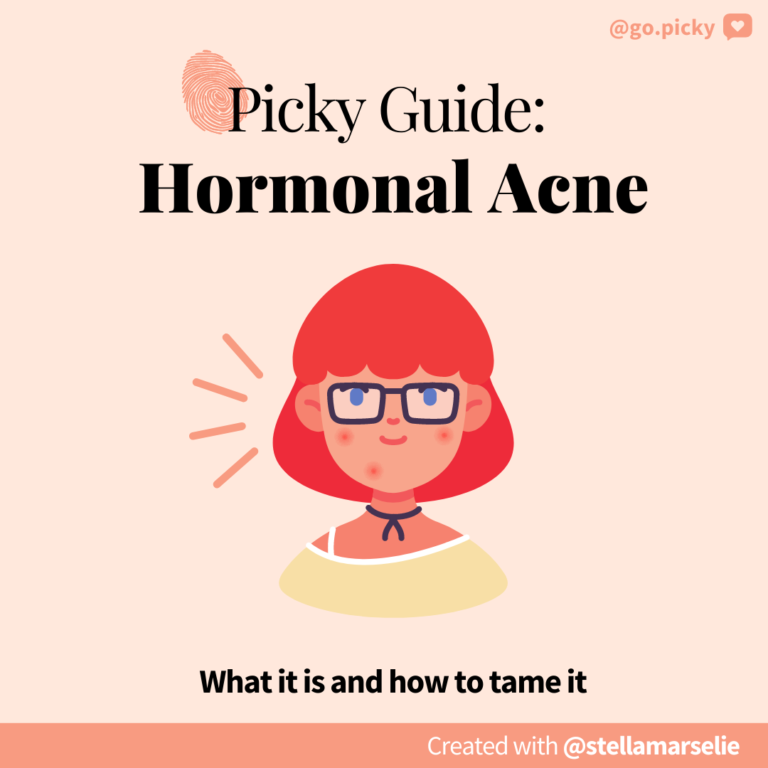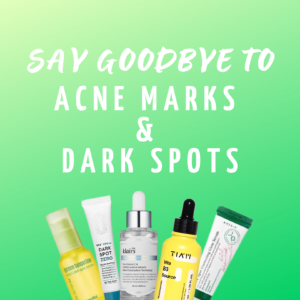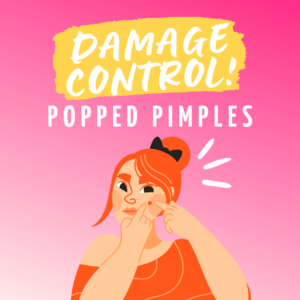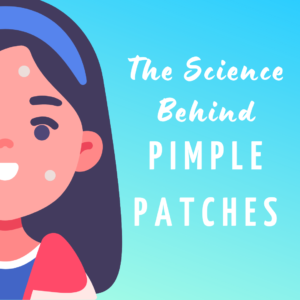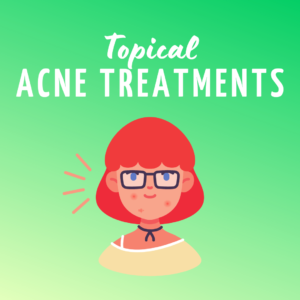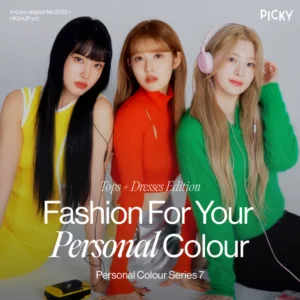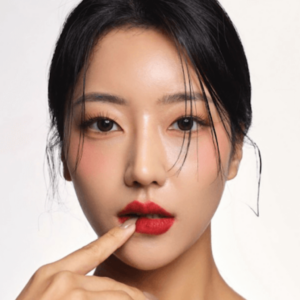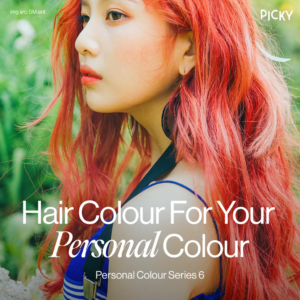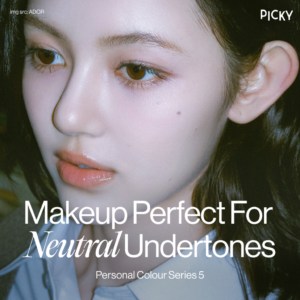Did you think acne was just for teenagers? Well we got some sad news, acne can surprise anyone, from teens to adults! This is known as adult acne, post-adolescent acne or hormonal breakouts. Don’t freak out just yet, we have our Picky Expert and certified dermatologist, Dr. Meg, to help you out with some amazing tips and insight. So hang in there and keep on reading.
What is Adult Acne?
These stubborn breakouts are quite persistent. They rise up as inflammatory lesions, and they’re most commonly found on the jawline and neck. But you can find them anywhere else on your face, chest or back. What are lesions? They consist of comedones (blackheads and whiteheads) as well as red painful papules, pustules and nodules.
What Can Trigger a Hormonal Breakout?
Adult acne can be triggered by several different factors, including:
- Stress
- Smoking
- Diet
- Environment Factors
- Genetics
- Endocrine diseases
- Certain medications
- Fluctuating hormone levels
For women, hormonal breakouts can get worse around the time of your period.
What Treats Hormonal Acne?
There are plenty of treatment options your dermatologist or professional can prescribe or recommend to you, such as:
- Topical anti-acne medications: Retinoids, benzoyl peroxide, azelaic acid, salicylic acid, dapsone, sulfur, topical antibiotics combined with benzoyl peroxide
- Oral antibiotics: Doxycycline
- Oral contraceptive pills (for women)
- Anti-androgens: Oral spironolactone and clascoterone cream
- Oral isotretinoin
- Procedures: Intralesional steroid injections, photodynamic therapy, chemical peels and laser treatment can be done at clinics
If you’re curious about some of these different acne treatments, you can see the linked ingredients to learn more about each! We also have plenty of articles around hormonal acne and acne in general.
Expert Tips for Hormonal Breakouts
- Use a mild, fragrance free cleanser. But be careful not to over-cleanse, this can lead to stripping your skin barrier.
- Use a lightweight moisturizer, also fragrance free, and light enough that it won’t clog your pores.
- Use a broad-spectrum sunscreen with SPF of at least 30 during the day.
- Keep in mind that treatments take at least 12 weeks to show signs of improvement, so be patient and consistent.
- Don’t pick your lesions and breakouts, otherwise you could create scars or further inflammation.
- When in doubt, see your board-certified dermatologist to get some expert advice on how to manage your acne.
Picky’s Picks: OTC Products for Hormonal Breakouts
We always recommend seeing a professional if your acne is persistent and burdensome. But if you want an OTC (over-the-counter) product with key ingredients Dr. Meg referred to before, then check out some Picky’s Product Picks below!
Retinoids
If you’re starting retinoids from scratch, we suggest checking out FAQ on Retinoids, Retinoid Cheat Sheet and All About Retinoids to learn all you can about this amazing, but potentially irritating, ingredient!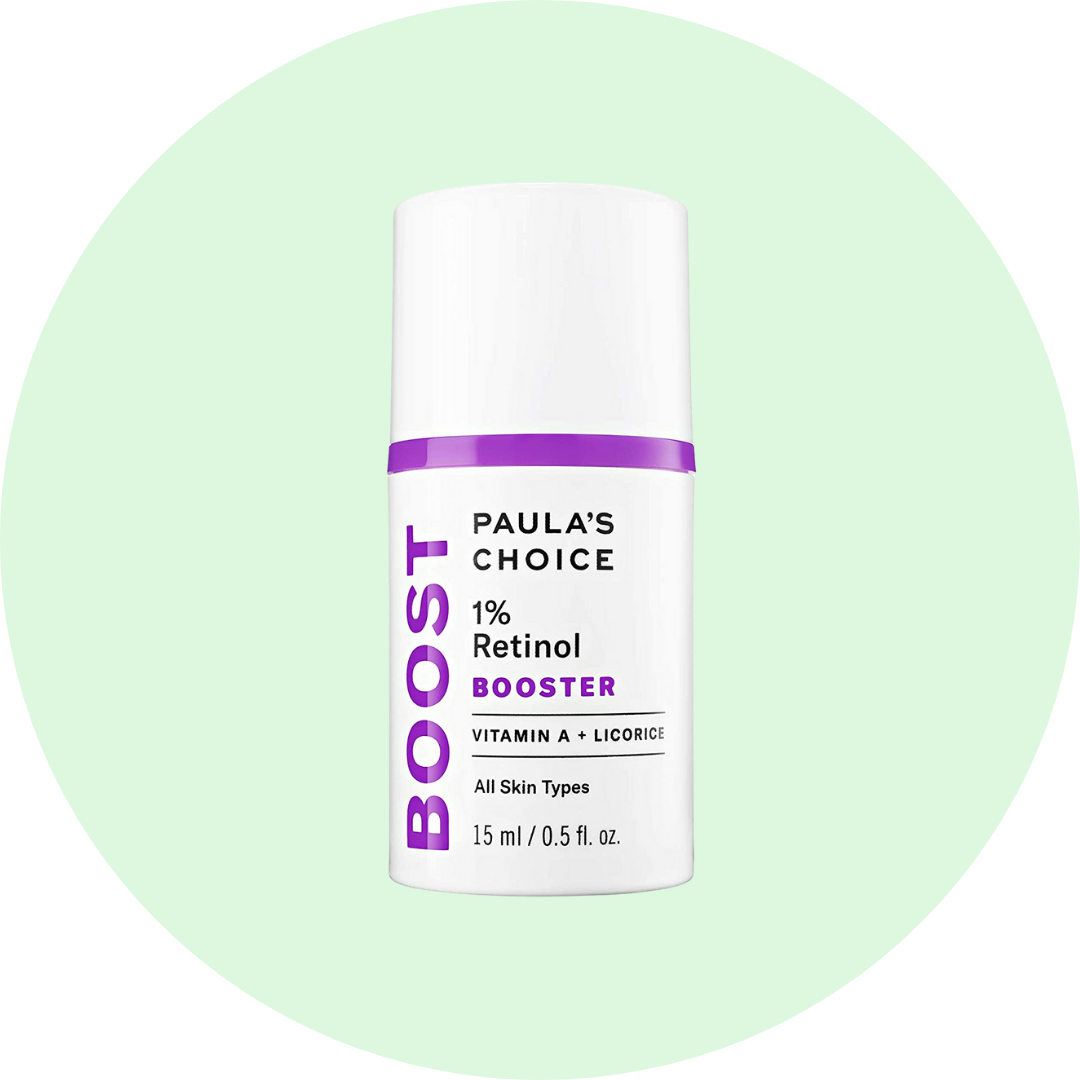
Paula’s Choice – 1% Retinol Booster

Benzoyl Peroxide
BPO is a acne fighting warrior, using it’s power to knock out those comedones and stubborn blemishes. But benzoyl peroxide is definitely a spot treatment type of ingredient because it’s typically formulated with a high concentration.
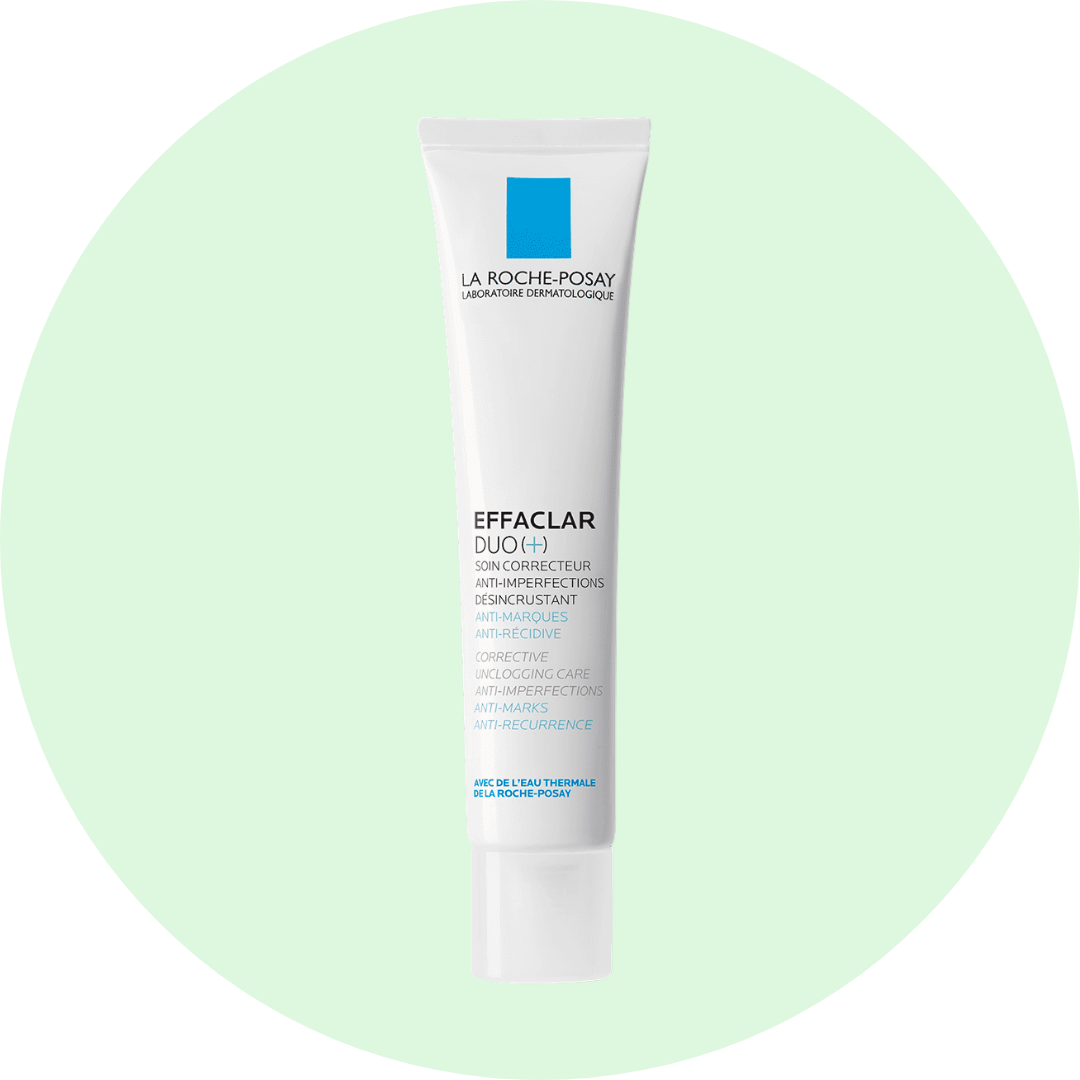
La Roche Posay – Effaclar Duo Plus

Azelaic Acid
This ingredient can provide numerous benefits for your skin. It can help unclog pores, improve skin texture, reduce redness and diminish discoloration! Azelaic acid is really on the rise, check it out in our 2021 Skincare Trends!
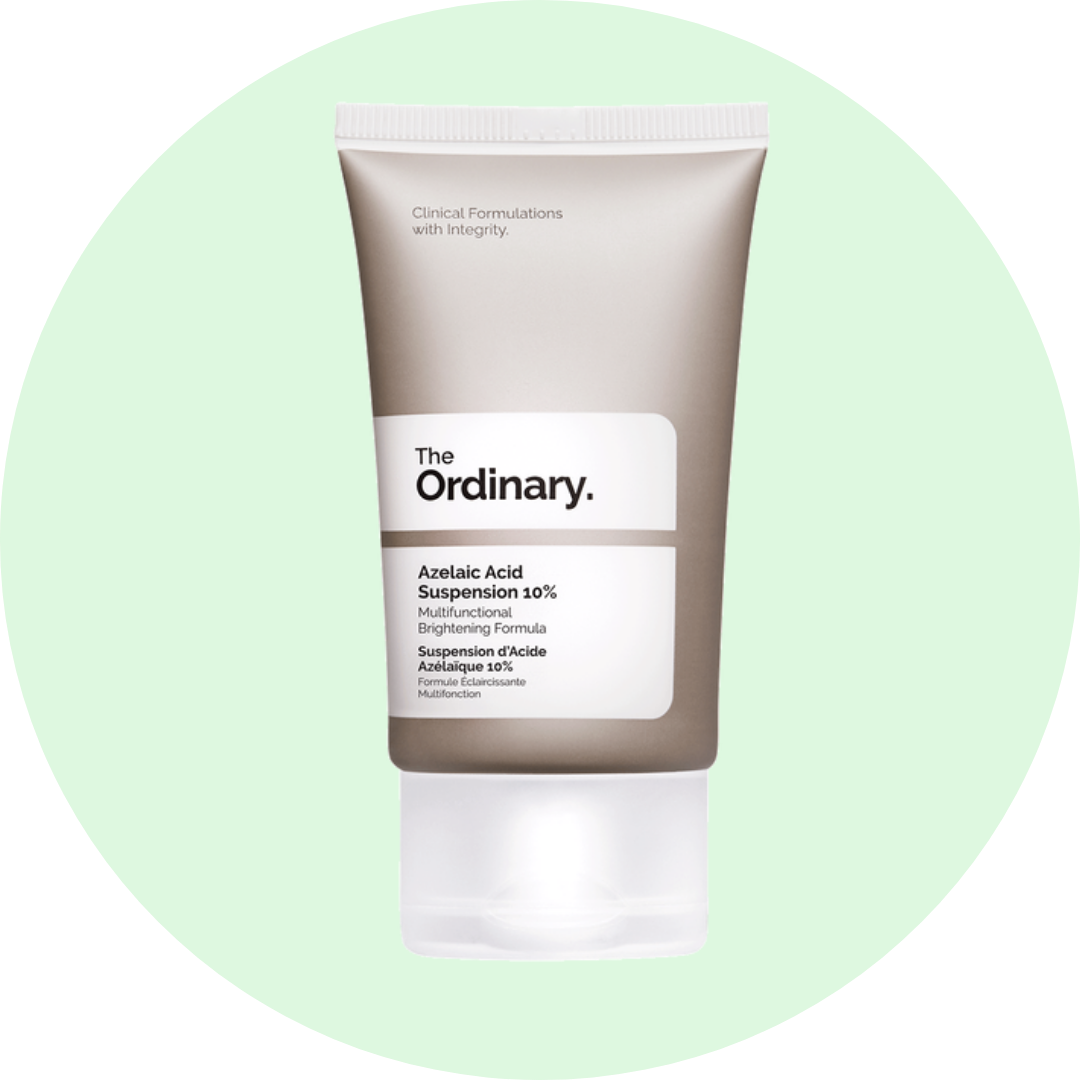
The Ordinary – Azelaic Acid Suspension 10%

Salicylic Acid
Salicylic Acid, also known as BHA, is a great exfoliator on top of fighting off acne! In addition to helping with inflammation and sebum production to help prevent future acne from developing.

CeraVe – Renewing SA Cleanser

Acne Free on Picky
We know acne can be frustrating, that’s why we want to help you find the right skincare for your concerns! Make sure to open your Picky app and use the Mega Search Filter to narrow down what you’re looking for. Check the “Acne Care” box and plug in some ingredients you want to use. Of course, it’s always best to consult with a professional! If you want to learn more science behind your skincare, then make sure to follow us on Instagram and YouTube channel.
Created with

Dr. Meg
@drmegsison
Dermatologist

